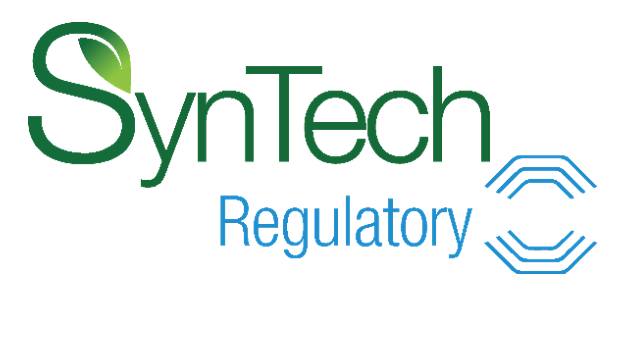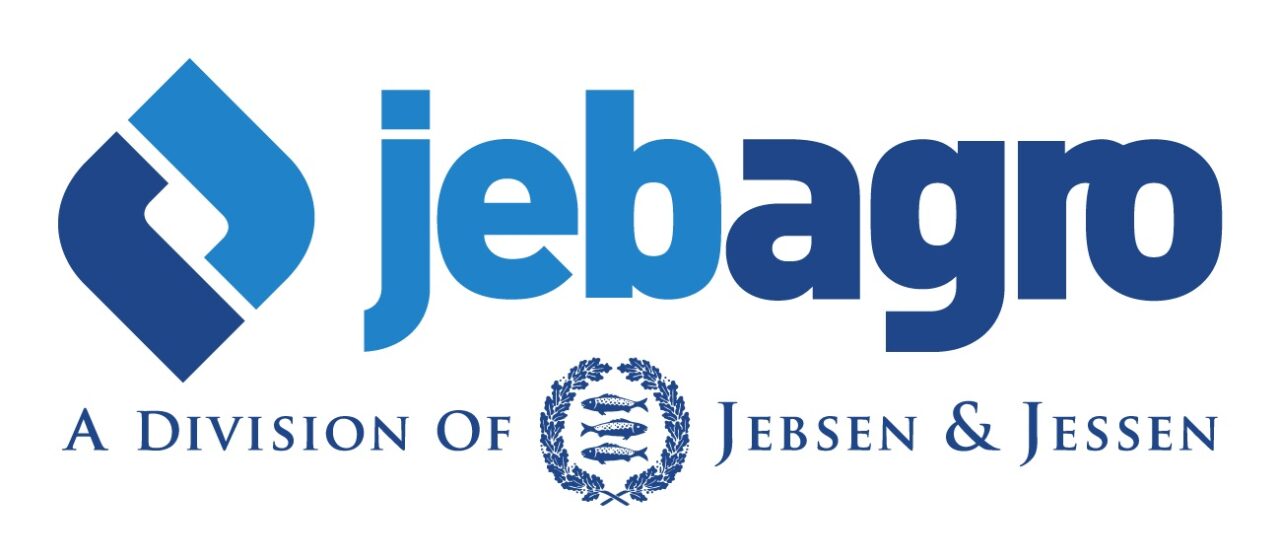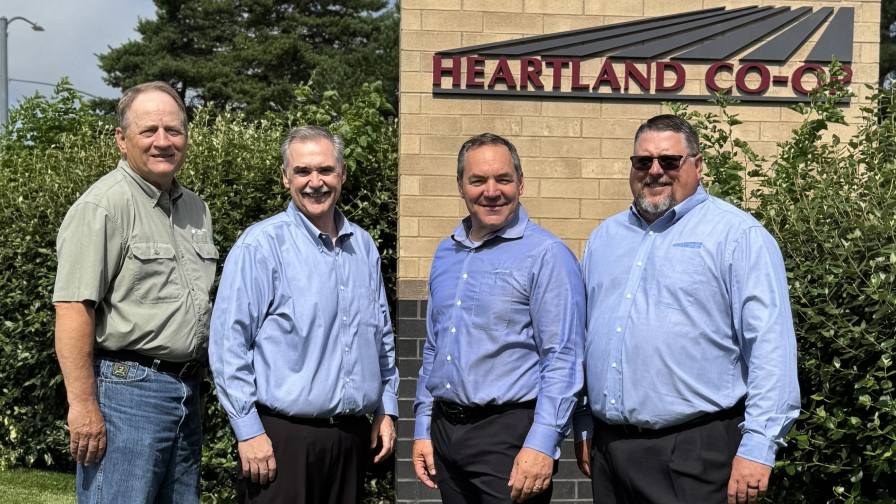A Ghana Success Story: How Africa Is Emerging As a Sustainable Food Basket for the EU
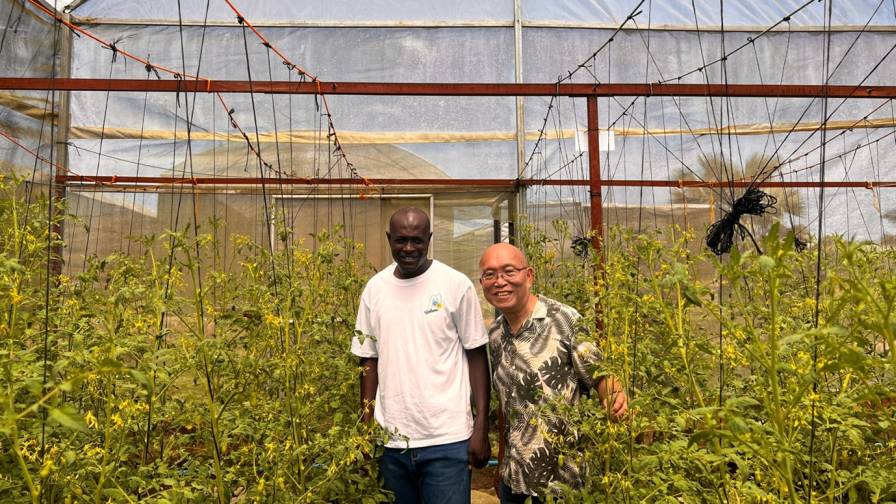
Felix Kamassah (left) and CS Liew in one of the many greenhouses at Kamassah’s farm in Ghana. Photo: CS Liew
For decades Africa has been painted as poor, underdeveloped with people suffering from severe malnutrition. Charitable organizations often send letters seeking donations to save Africa and there is always a picture depicting nearly naked, skin-and-bone African children. This is true in the very arid and almost uninhabitable Sahara zone of Africa (the northern one third of the continent) where lack of rain means little food could be grown to feed tribes living in such harsh conditions. But many parts of sub-Sahara Africa (the lower two thirds of the continent) are anything but that!
Contrary to how Africa has been misrepresented with sensationalism, many countries in Africa have fertile land and good rainfall to grow crops successfully. In fact, parts of Africa, with sophisticated farming operations owned and operated by Europeans, have been feeding Europe, and soon, China. Africa has shipped lots of fresh produce to Europe, and the Chinese, having made great inroads on the continent seeking useful and valuable minerals and developing their infrastructure, are now looking to grow crops there to feed its citizens. Afterall, 60% of arable land in the world for additional food production lies in Africa.
Driving this Growing Trend
- Filling the northern hemisphere’s off-season needs: Traditionally, due to cost-advantages, fresh produce, including ornamentals, have been sourced by Europeans from Africa during the winter months to fill their supermarket shelves. The relative proximity to Europe and frequent shipping schedules between the two continents means that freight is favorable for such trade, However, in more recent times, other major factors have surfaced to make Africa an even stronger case of being a food basket for Europe.
- Climate change mitigation initiatives of the European Union (EU): Europe’s climate change mitigation strategies ― such as the desire to achieve net zero carbon emissions by 2050 have brought agricultural production and practices to the forefront for debate. One notable and recent example of governmental action is the culling of dairy cattle in Holland to reduce nitrogen oxides and ammonia emissions. Holland is the second largest food exporter after the U.S.
Pressure to reduce the agricultural carbon footprint in Holland, with the agriculture sector accounting for 16% of carbon emissions, will have significant implications on major importers of Dutch food such as Germany. Such drastic policies to hamper and curtail food production by the government by buying out farms and shutting them down will only mean higher food prices going forward. This opens up tremendous opportunities for Africa to grow and ship more food to Europe. Such golden opportunities could help Africa attain needed food security and earn valuable foreign exchange at the same time. - Farm to Fork strategy of the EU: In conjunction with climate change mitigation policies, there is also a strong push for sustainable and regenerative agriculture practices leading to the European Union’s Farm to Fork Strategy under the European Green Deal* initiative. The Farm to Fork Strategy calls for a reduction in usage of 20% and 50% respectively of chemical fertilizers and chemical pesticides by 2030.
The war in Ukraine sent shockwaves across the world in terms of spikes in food and chemical fertilizer prices slowed the implementation of the Farm to Fork Strategy somewhat but it has intensified again with the recent easing of prices. Such initiatives in the European Union have lent further support to importing more food from Africa in the years to come. - Cost of energy making indoor farming and greenhouse production prohibitive: Whatever attempts in the past to grow crops during the winter months in Europe in greenhouses and practicing indoor farming have been severely hampered by high energy prices due to the Ukraine war leading to sanctions on cheap Russian energy. Once again, Africa is the destination of choice for more fresh produce supplies to fill the gap.
Given those changing conditions, the question becomes: What will it take for African countries to succeed in being a sustainable food basket for the EU instead of always being painted as a food deficit continent, which it still is?
The first and key step is farm and farming practice compliance with EU regulations. Certification bodies and auditors are located in South Africa and Kenya.

Interested Dutch financiers and investors along with CS Liew (front) touring Kamassah’s farm. Photo: CS Liew
Investors and farmers need to be mindful of the proposed “Mirroring Clause” being initiated in the EU whereby chemical pesticides banned in the EU cannot be used on crops destined for exports to the EU.
Though population is increasing on the African continent, people are not keen to work in the hot sun where summer temperatures can go over 40 degrees Celsius (104 degrees Fahrenheit). Farm labor needs to be incentivized with good pay at about $50 a day. Hence investments in irrigation, mechanization, and automation as well as post-harvest handling are essential.
There is also a need for improvements in seed genetics and varieties. If exports are a focus, traditional and local varieties may not be desirable. One notable example is mango in Ghana with very high fiber content, though sweet and flavorful.
Greater usage of biosolutions is a key element for sustained success in exporting to the EU since there is almost zero tolerance for chemical residues.
For bringing in foreign exchange earnings into the various countries by exporting to the EU, governments should support and incentivize farmers with duty-free importation of farm machinery and other inputs. Some financing for working capital and farm enhancement and modernization would be helpful too.
Public-private partnerships to drive more food production that meet export standards will allow Africa to tap the current and near-future expansion in demand in the EU. As always, the private sector lead by investors and financiers from within Africa, Europe, food-insecure Middle East, and China should pave the way. The public sector should therefore welcome foreign investors with open arms and incentives.
A Ghanaian Example
A large vegetable farm of 2,500 hectares located about two hours out of Accra, capital of Ghana, was started by Dr. Felix Kamassah 10 years ago. He has since added an additional 3,000 hectares in another location. The government is keen to grant him more land for further expansion. These are clear signals of success.
Kamassah has had an early exposure to farming having grown up in rural Ghana. He has an economics background and earned his doctorate degree in economics from the Swiss School of Business and Management. In addition to several key and relevant roles, he is the President of the Vegetables Producers and Exporters Association of Ghana.
Of the 27 crop varieties grown, seven of them are exported to four key European customers, including to one large UK supermarket chain directly. Yam, sweet potato, chili, cherry tomatoes, okra, and shallots are the main export crops at the moment.
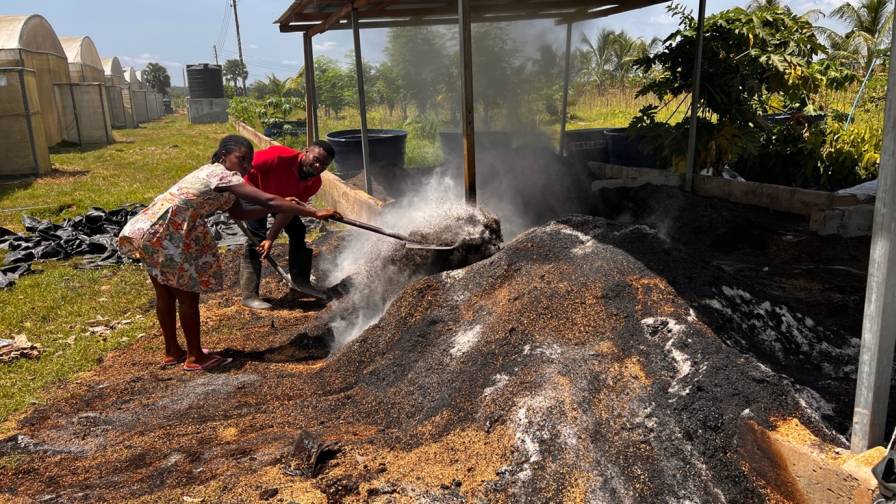
Workers at Kamassah’s farm in Ghana prepare growing medium, which is a mixture of burnt rice husks. Photo credit: CS Liew
Crops are grown mostly in polybags housed under covered sheds. Growing media is a mixture of burnt rice husks. Pests and diseases are therefore minimized.
With his entrepreneurial and hands-on spirit, Kamassah is looking at producing sweet potato flour for making snacks, pizza, and bread as a substitute for the $40 million a year import of wheat flour, which was price- and supply-impacted by the war in Ukraine.
Kamassah has encountered a number of key constraints including high labor costs, the lack of mechanization, and inadequate post-harvest handling. He has therefore an urgent focus on mechanization, automation, and building cold storage facilities.
In light of the good profitability and unfulfilled demands from Europe, there are tremendous opportunities for further growth and expansion. Several financiers and investors have come knocking at the farm gate.
Conclusions
Many key factors within the EU and parts of Africa are creating a nice case for Africa emerging as a sustainable and long-term food basket for the EU. Tremendous opportunities are available for financing, agricultural machinery, crop covers, seeds, as well as crop protection and nutrition products. With the requirement of not having any chemical residues in the fresh produce destined for the EU market, the demand for biosolutions is extremely bright.
What a twist of fate — a continent painted with children baring skin and bones is now feeding a well-developed and relatively affluent European Union, with a lot more opportunities to do so in the near future, and in the course of that, attaining its own food security.
* The European Commission launched the European Green Deal (EGD) in 2019. The EGD is a set of proposals that aim to reduce greenhouse gas emissions and minimize the use of resources while achieving economic growth. This means that products sold on the EU market will need to meet higher sustainability standards.


